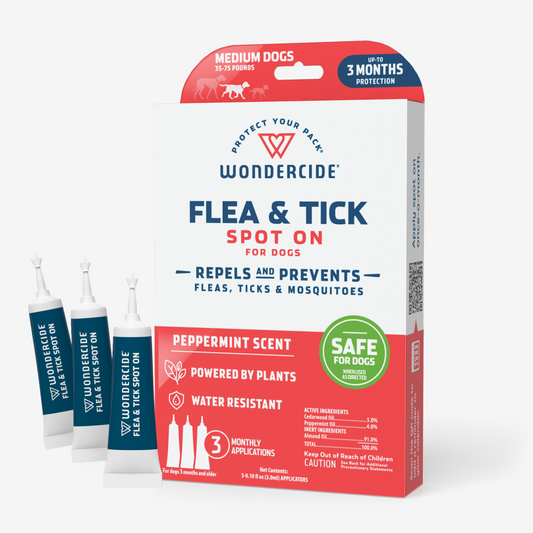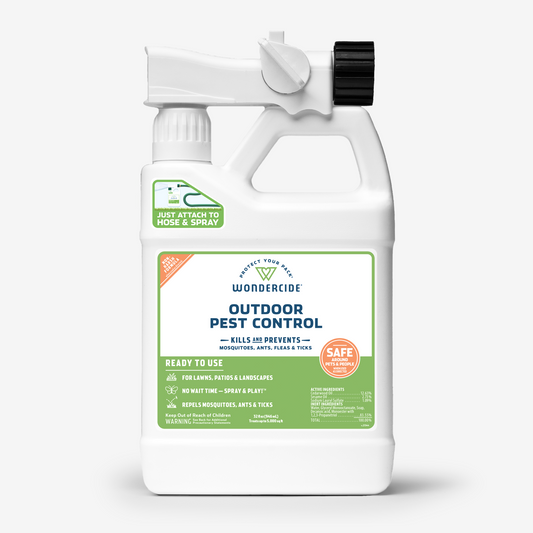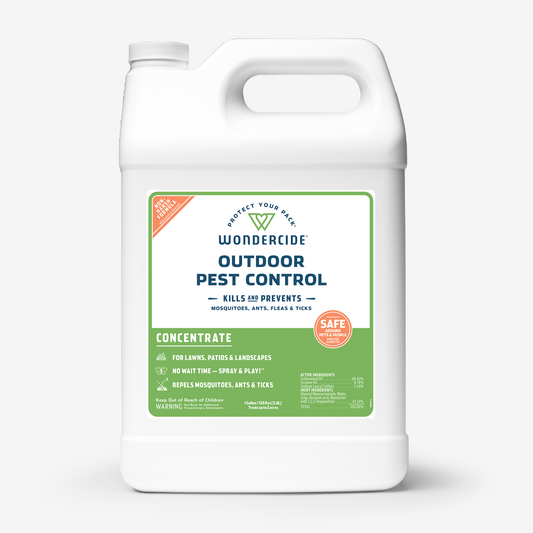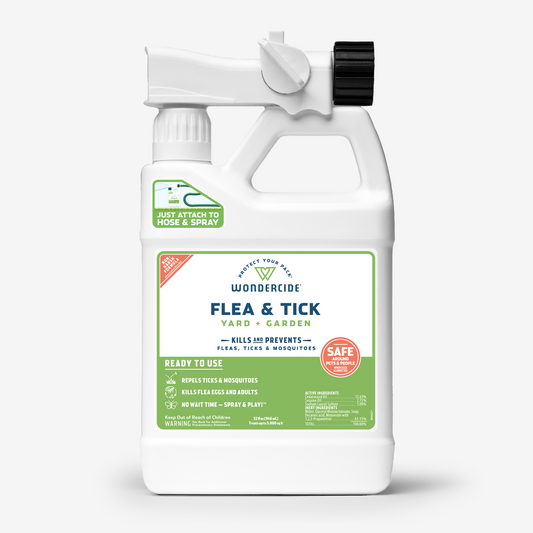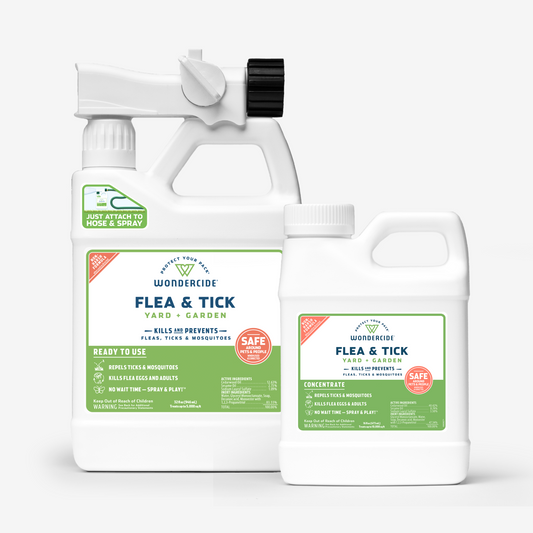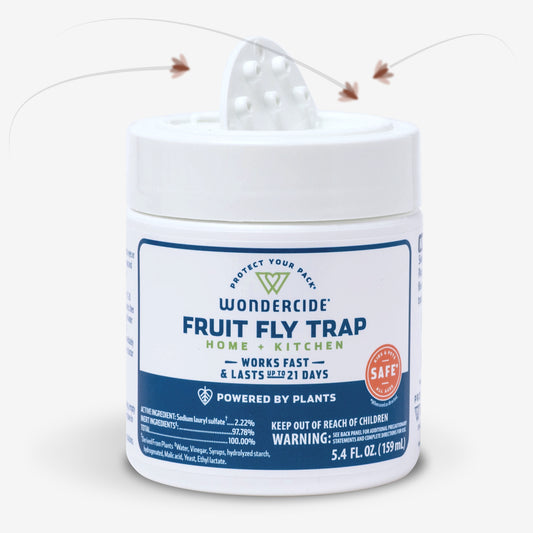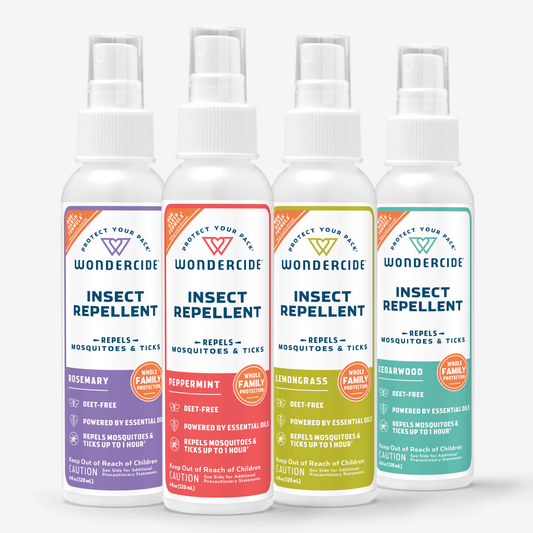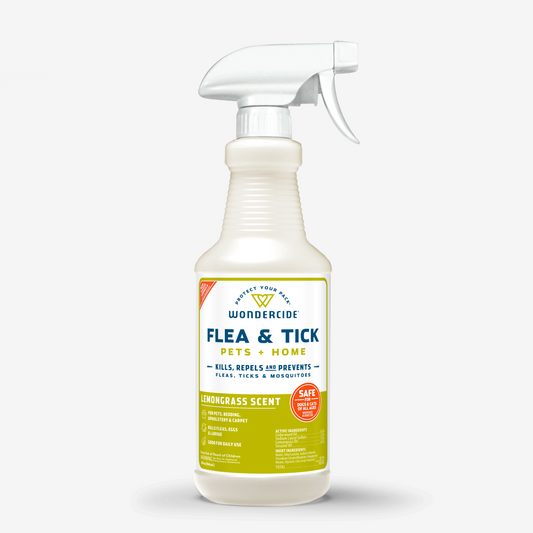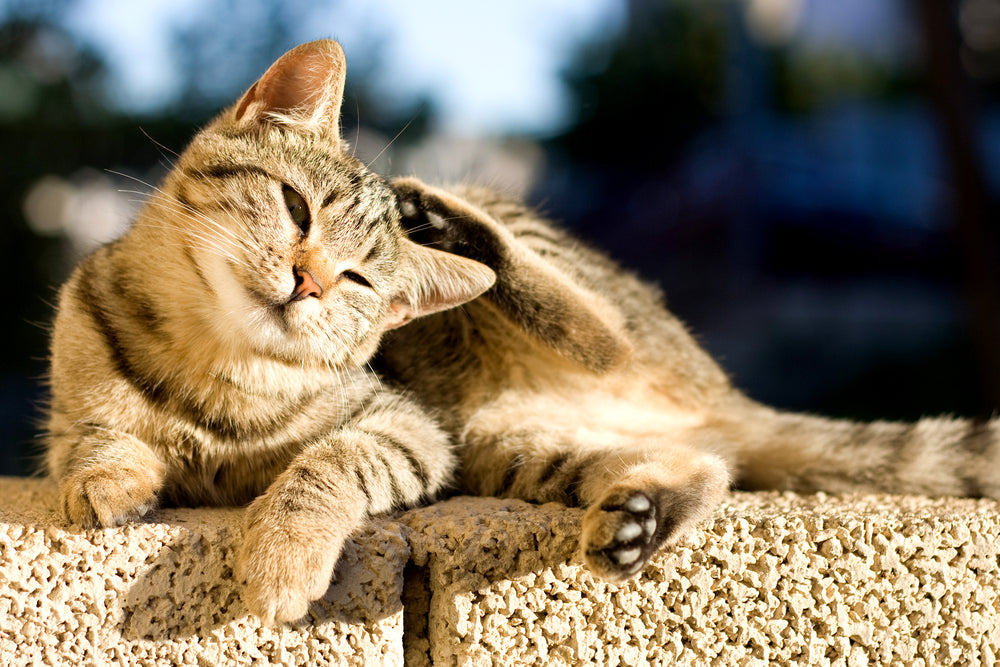Mange in cats can look scary, and it’s certainly uncomfortable for your furry friend. However, this skin problem is very treatable. That isn’t to say that you should take it lightly: Certain types of mange are contagious to other animals. Mange in cats can also cause secondary infections, and it’s sometimes your first sign that your cat’s immune system isn’t working as it should.
If you think your cat has mange, take them to a veterinarian. In addition to treatment your vet provides, you can make some adjustments at home to treat your cat’s mange and take measures to prevent it from recurring.
Though mange is a problem you should address promptly, with the proper care and treatment, your cat can get relief and get past it. Here’s everything you need to know to get started.
What is mange in cats?
Mange is a skin disease caused by an infestation of mites, arachnids so tiny that they aren’t typically visible to the naked eye. If you notice your cat scratching or grooming more than usual but you don’t notice any fleas, then it’s possible that your cat has mange. You’ll also want to look out for typical mange symptoms, like redness, bumps or sores, hair loss, or raw, crusty skin.
What causes mange in cats?
Mites are always present on cats’ skin and hair, but mange occurs when they proliferate out of control. Mange often affects cats that are malnourished, stressed, or have compromised immune systems. It is more common in kittens than in adult cats, because kittens’ immune systems are still developing.
Mange usually spreads in one of two ways:
- Through contact with another infected animal
- Through contact with an object that is infested with mites
For those reasons, mite infestations often spread in shelters or grooming and boarding establishments that are not kept sufficiently clean. They are also more likely to affect outdoor cats than indoor cats.
Mites that contribute to mange in cats
There are several types of mange in cats, each due to a different species of mite. Here are the most common types of mites that can affect cats.
-
Ear mites (otodectes cynotis) - As you might imagine, ear mites live in cats’ ear canals. When they proliferate, they can move to the cat’s face and other areas. Ear mites are contagious to other cats and dogs.
-
Notoedres cati mites - Also called “feline scabies notoedres,” notoedric mange typically affects the ears, head, and neck first and then spreads. These mites burrow under your cat’s skin to lay eggs. Notoedric mange is highly contagious and can cause intense itching, which can lead to secondary infections.
-
Sarcoptes scabiei mites - Sarcoptic mange is similar to notoedric mange, but it is carried exclusively by dogs. Nevertheless, sarcoptic mange in cats can occur if they come into contact with affected dogs.
-
Demodex mites - Demodex cati and demodex gatoi mites are always present on cats’ skin and typically do no harm. But an overgrowth of the mites can be a sign that your cat may have an immune system issue. Demodex mites are not contagious, and secondary infections are rarely as severe as those possible from other types of mange.
-
Cheyletiella mites - Also called “walking dandruff,” these mites feed on skin dander and secretions on your cat’s skin. Like ear mites and notoedric mites, cheyletiella mites are highly contagious to other animals.
- Fur mites: This type of mange in cats is rare except in tropical regions. Fur mites live in your cat’s fur shafts, typically near its rump. Fortunately, they are not very contagious to other animals.
Mange in cats symptoms
General mange symptoms
Though there are many types of mange in cats, the symptoms of infection are similar in each.
- Inflammation
- Restlessness
- Excessive scratching
- Excessive grooming
- Hair loss
- Bumps and/or scabs on skin
Mange does not typically cause gastrointestinal symptoms like vomiting, bloating, gas, or diarrhea. If your cat exhibits some of the symptoms of mange alongside stomach issues, they may be experiencing an allergy. Have you introduced new food, treats, or litter into your cat’s routine? If so, consider removing and reintroducing these items one by one to determine which one might be causing the issue. Consult with your vet for guidance.
Mange symptoms by mite type
There are a few additional tell-tale symptoms that may help you differentiate the type of mange your cat has contracted.
Ear mite symptoms
Ear mites often cause red-brown or black crust in your cat’s ears. You might notice black bumps that look like coffee grounds on your cat’s skin or an excess of ear wax. Your cat may scratch at the skin behind its ears, or there might be scaling or crusting at the neck, rump or tail. Ear mites often cause ear infections, so you may see your cat shake its head repeatedly or lay its ears down flat to relieve pain.
Notoedric mange and demodectic mange symptoms
These types of mange have similar symptoms, though demodectic mange is less common. You’ll notice hair loss at the face and neck that may spread across the body. Your cat’s skin might thicken or develop a yellow-gray crust, especially at the edges of the ears. Sores from excessive grooming or scratching are common.
Cheyletiella symptoms
These types of mites are called “walking dandruff” for a reason. Unlike most mites that cause mange in cats, these mites are visible to the naked eye because they stay on the surface of your cat’s skin. They look like moving pieces of white dandruff on your cat’s fur. Your cat may also develop itching, hair loss or sores as a result of a cheyletiella infestation.
How to get rid of mange in cats
1. Visit a veterinarian
Mange in cats should always be treated in a timely manner. It’s especially important to see a veterinarian right away if your cat has open sores, significant hair loss, lethargy, failure to eat or drink, or prolonged, excessive head shaking.
Your vet will run some tests to check your cat’s immune function and overall health. If mange is the likely culprit for your cat’s symptoms, the vet will then determine the type of mite your cat is infested with by analyzing its skin scrapings under a microscope. They will then create a treatment plan, which may include topical flea and tick treatments, ear drops, creams, injections, oral medication, or lime sulfur dips, depending on the type and severity of the mange.
Be sure to tell your veterinarian about your cat’s diet and lifestyle during the appointment. There may be some simple steps you can take to strengthen your cat’s immune system.
Important: Do not use dog mange treatments on cats. They can be toxic to cats and often do not treat the specific types of mites that affect them. Your vet will best guide you to the appropriate treatment.
2. Wash all pet bedding and clean the house thoroughly
When you return from the veterinarian’s office, it’s time to kill any mites that are hiding in your home. Wash all bedding and other items your cat regularly touches with gentle soap and hot water. Vacuum all rugs, carpets, and furniture. Wipe down surfaces with a cleaning solution. You should also wash your hands and your clothes after handling a cat with mange.
3. Wash your cat
If your cat tolerates baths, wash it with warm water and a gentle shampoo like Wondercide’s Hypoallergenic shampoo bar. It doesn’t treat manage, but it does clean the skin and preserve the natural moisture in it. Gently comb its fur to remove as many mites as possible and dry it thoroughly.
How to prevent mange in cats
Symptoms of mange in cats typically resolve in a few weeks with proper treatment. Meanwhile, it’s recommended that you isolate the affected pet from other pets in the household and treat all your other pets for mange as well.
In order to keep mange from recurring, focus on your cat’s overall health.
More Resources by Wondercide:




